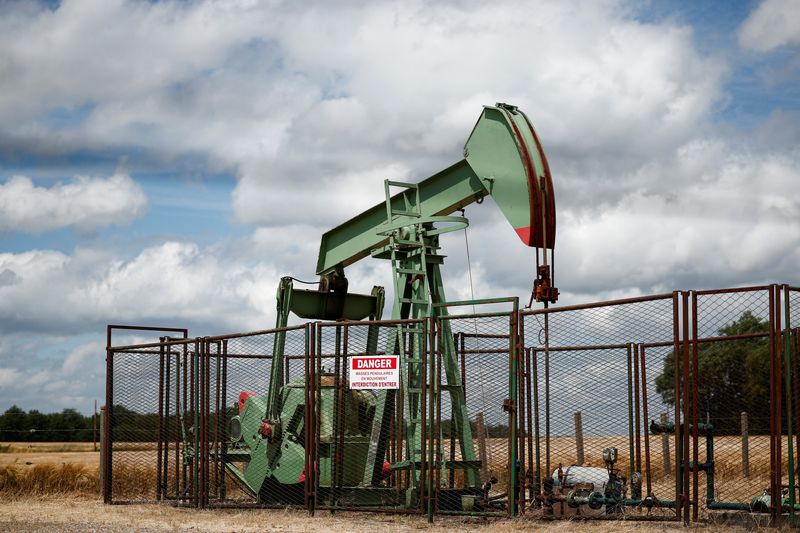In early Asian trading on Monday, oil prices experienced a notable decline, reflecting market reactions to recently released economic data from China. Brent crude futures dropped by $1.12, settling at $77.92 per barrel, while U.S. West Texas Intermediate crude futures decreased by $1.07, reaching $74.49 per barrel. This decline indicates a growing concern among investors regarding the state of demand for oil as global economic conditions remain uncertain.
The primary catalyst for this downturn was the disappointing inflation data reported by China over the weekend, which indicated increased deflationary pressures in the country. According to the National Bureau of Statistics, China’s inflation rate showed worrying signs in September, raising alarms about the overall health of the economy. The weakening inflation data suggests that consumer demand may be faltering, which typically leads to reduced energy consumption and a subsequent impact on oil prices.
Investor sentiment was further exacerbated during a news conference held on Saturday, where ambiguity surrounded the potential size and scope of a stimulus package aimed at revitalizing the slowing Chinese economy. As the world’s second-largest oil consumer, any signs of economic weakness in China have far-reaching implications for global oil demand. The uncertainty surrounding the effectiveness of potential government interventions has left investors feeling cautious and somewhat pessimistic about the outlook for oil consumption.
The fear of a prolonged economic slowdown in China is contributing to the volatility in oil prices. Analysts and traders are closely monitoring not only the inflation data but also subsequent government responses to stimulate economic activity. A significant and effective stimulus package could bolster investor confidence and help support oil demand, but until concrete details emerge, the market may continue to react negatively to signs of economic distress.
Moreover, the situation is compounded by the broader context of global economic recovery following the disruptions caused by the pandemic. Many economies are still grappling with uneven recoveries, leading to fluctuating demand for oil. While some regions may see increasing consumption, any signs of weakness in China can overshadow these gains, leading to widespread reassessment of price forecasts and demand projections across the board.
As oil prices adjust to these shifting economic realities, market participants remain vigilant. The trajectory of prices will largely depend on how effectively the Chinese government addresses the current economic challenges and whether it can implement measures that restore confidence among consumers and investors alike. In the meantime, the oil market may experience continued fluctuations as it navigates through a landscape characterized by uncertainty and volatility.

